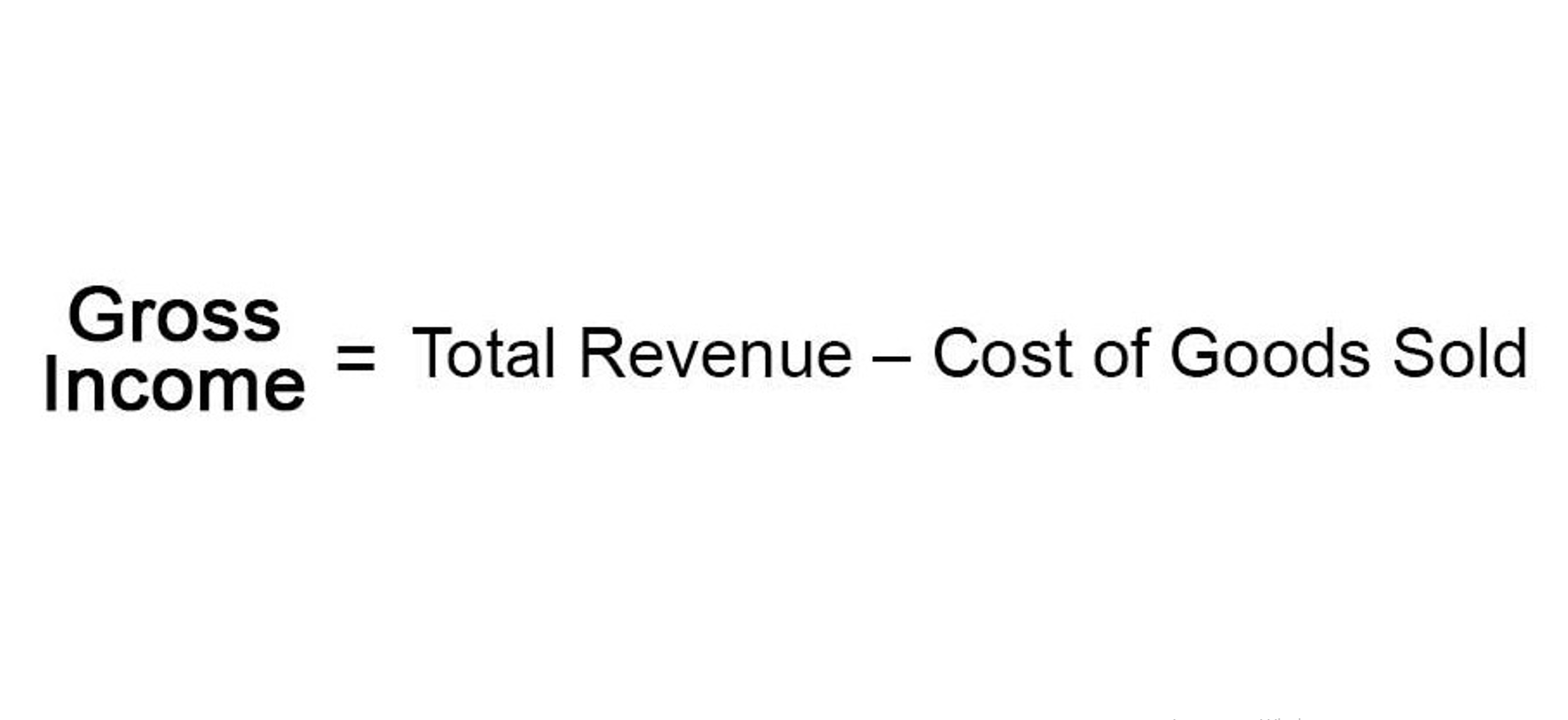Whether or not to capitalize “retainage payable” depends on the accounting treatment used by a company. A liability account generally represents the amount of retainage that the entity has withheld but has not yet paid to contractors or subcontractors. In accounting, the decision to capitalize or not is more about classification rather than capitalization in the sense of recognizing an expense on the income statement.
- Retainage is even required by some states, so familiarizing yourself with state laws before bidding on an agency job can keep you from being surprised later on.
- Retention bonds are a logical solution when the bond premium costs less than the retainage.
- As a result, subcontractors may wait longer to receive their retainage, especially if their part of the project is completed in the first stages of the project.
- The $3,000 retainage would be held until the completion of the project or a specific phase, as outlined in the contract.
What is a retention bond in construction?
- For many construction businesses, the retainage payment accounts for their entire profit margin on the project.
- Retainage protects clients by ensuring that contractors adhere to agreed-upon agreements and complete the project to their satisfaction.
- Managing this withheld amount effectively is essential to maintaining financial stability.
- In cases where retainage exceeds the profit margin, progress payments aren’t even enough to cover labor and material costs.
- Retention tactics in construction have been widely condemned around the world.
- Procore is committed to advancing the construction industry by improving the lives of people working in construction, driving technology innovation, and building a global community of groundbreakers.
Does the state regulate how much money can be withheld from a subcontractor? In accounting, firms or clients using a contractor for their work have to record the retainage as a liability. The remaining sum that would be paid to the contractor will be referred to as accounts receivables or retainage receivables. The amount that the customer is holding as retention would be recorded as retainage due. Finally, a contractor or subcontractor eligible to file a mechanic’s lien when their retention remains unpaid, as retainage represents a portion of money due for improvements to real property. A mechanic’s lien is a legal claim on a home or other property, giving an unpaid contractor an interest in the property itself.
Construction Profit Margin: What It Is and How to Improve Yours
Keeping in touch with the client is essential in receiving the retainage when the work is complete. You need to be on retention vs retainage the same page and know when payments will be sent. Before you sign a construction contract, ensure you understand the retainage amount and when you will receive it.
NIGP Business Council
- Most retention bond agreements state that the client won’t withhold cash retention.
- While retainage refers directly to the sum of money withheld, retention is more about the process of withholding that money.
- Construction is one of the hardest industries to manage cash flow in, with contractors often facing large up-front costs and frequent, long delays between expenses and payment.
- Either way, if you don’t receive your retainage payment on time, you’re likely to face serious cash flow issues.
- “Retention” is financial security a contractor can hold to ensure subcontractors complete their contractual obligations.
- But dual processes will be in place until the contracts entered into from January 1, 2020, to March 7, 2024, are closed out.
Plus, with Siteline, you can store all of your documents required for close out, generate and submit accurate and on-time pay apps, and submit the correct lien waivers for the stage of project and phase of billing. In these cases, it’s important to take into account the payment history and reputation of both the GC and the owner of the project. Evaluate your risk of non-payment on a case-by-case basis, and don’t hesitate to exercise your lien rights when needed. If you’ve already sent reminders for unpaid invoices to the GC, and they’re still unresponsive, consider sending them a notice of your intent to file a mechanic’s lien. If they still don’t send your payment, filing the lien is your last resort. Most states require you to file a lien within 30 to 120 days of completing work on a project.
To make matters more complicated, every state has a different definition of what constitutes the satisfactory completion of a job. As with all good accounting processes, all parties on a project need to maintain up-to-date balances as it relates to retainage receivables. In either case, any holdback is normally due and payable only upon project completion.
Yes, this will increase the contract amount for your clients, but it is an excellent approach to make sure you have enough money to work with. In some situations, this may persuade clients to forego the retainer entirely. Make sure your payout percentage is specified in the agreement if you wish to get it on time. It may not always be practicable, but it is something to consider.
Map your Timeline
With access to private, hard-to-find projects, you can connect with architects and owners on projects still in the pre-design and design stages. In most states, retention is mandated on certain projects by Accounting Periods and Methods state law. In addition, the law often caps the amount that can be withheld on projects in that state. Subcontractors who typically work at the beginning of a project — laying the foundation, for example — may be forced to wait months or years before they’re able to collect retained amounts. Whether you need the Flexbase card to track spending and control costs or you could use more money with Flexbase Capital, this is your one-stop shop for all of your construction accounting needs.
Prime Contractors Can Withhold Retainage from a Subcontractor, but cannot Bill the Government for it
However, if the project has to be completed in a short duration, they waive the retainage. Retainage refers to the amount of money withheld from the total contract amount allocated for a project until it is completed within the timeframe in the highest quality. It is a powerful motivator and incentive for contractors to do the project as per the instructions of the Record Keeping for Small Business client. A performance bond guarantees that a contractor or subcontractor will complete the work outlined in a construction contract, and a surety company issues this type of bond.



